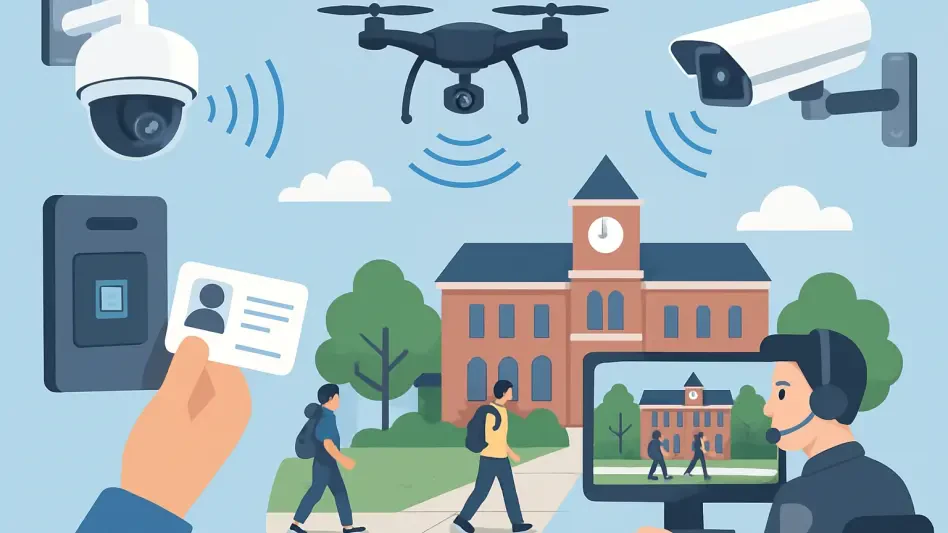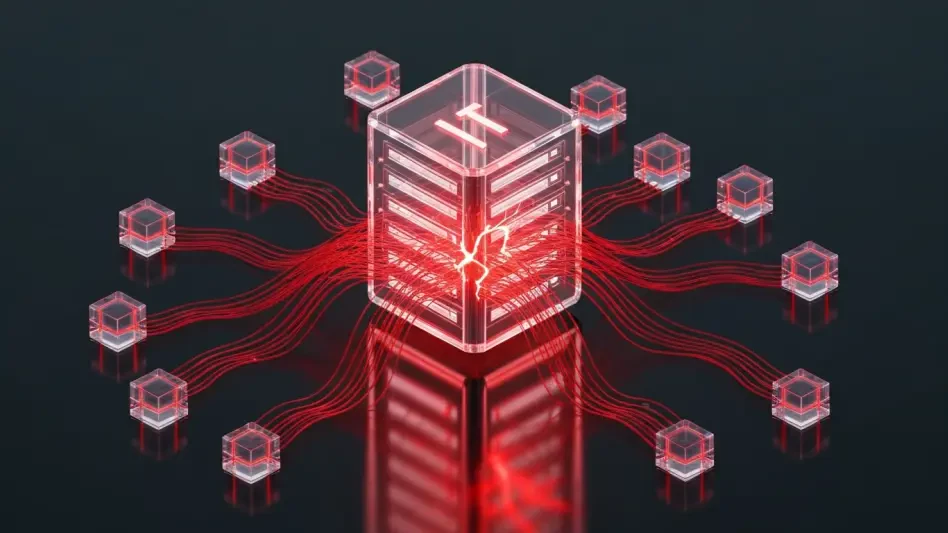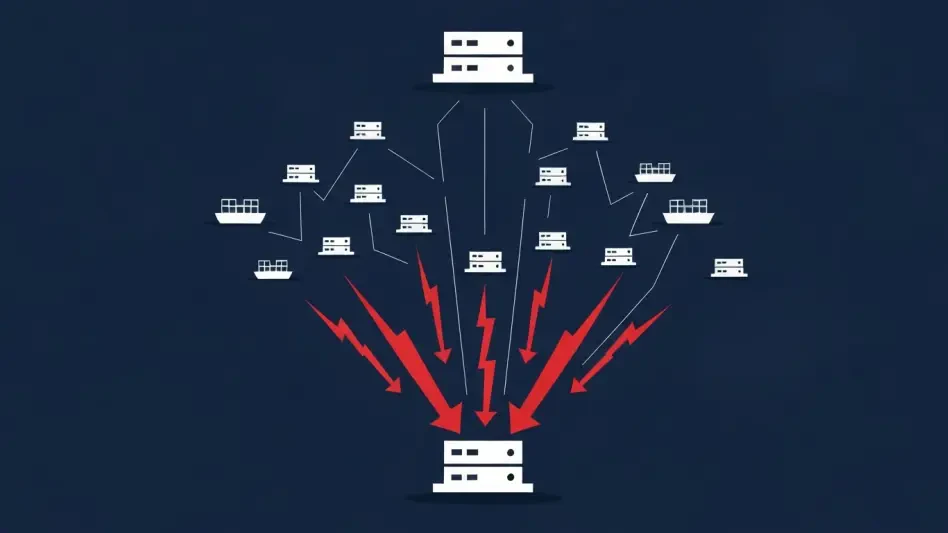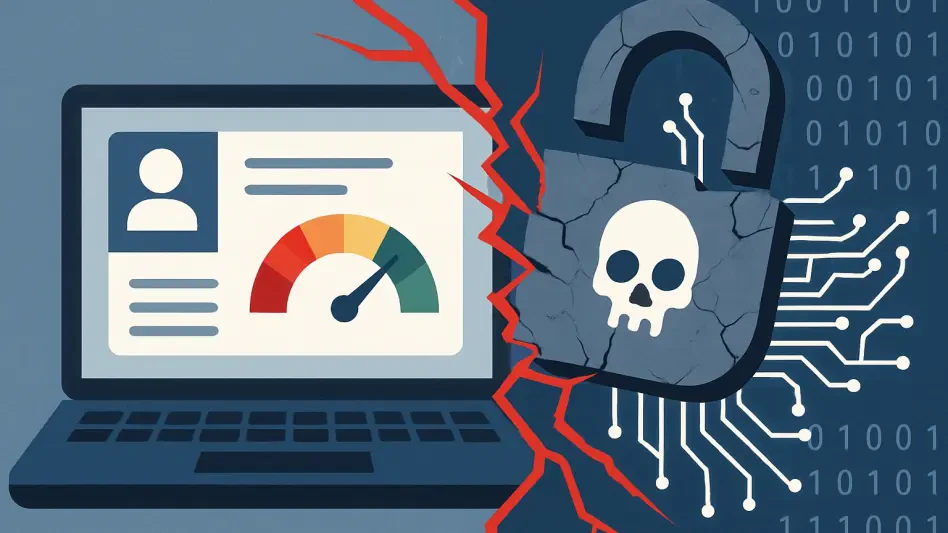Binghamton University, a distinguished public institution in New York, has recently made remarkable strides in fortifying campus safety through the adoption of state-of-the-art technology. As the landscape of higher education faces increasingly intricate security challenges, ranging from managing large gatherings to ensuring rapid emergency responses, the university’s implementation of the Genetec Security Center platform emerges as a pioneering solution. This comprehensive system not only addresses longstanding issues with disjointed security tools but also positions the campus as a leader in modern safety practices. By integrating various components into a unified interface, the university aims to create a secure environment for its students, faculty, and staff. This article delves into the specifics of this technological upgrade, examining how it streamlines operations, prioritizes proactive measures, aligns with industry trends, and navigates the complex interplay between safety and individual rights, ultimately shaping the future of campus protection.
Revolutionizing Safety with Integrated Systems
Binghamton University’s decision to upgrade its security infrastructure was driven by the critical need to resolve inefficiencies in its previous setup. Before this transition, the campus operated with a patchwork of independent tools, including surveillance cameras, access control readers, and emergency panic buttons, none of which communicated effectively with one another. This fragmentation often led to delayed responses and overlooked vulnerabilities, posing significant risks in a dynamic academic environment. The introduction of the Genetec Security Center has transformed this landscape by consolidating over 1,635 cameras and 4,800 access control readers into a single, intuitive platform. Such integration empowers security personnel to monitor and manage incidents with unprecedented efficiency, ensuring that potential threats are identified and addressed swiftly. This unified approach not only enhances day-to-day operations but also sets a new standard for how large institutions can safeguard their communities against evolving dangers.
The impact of this integrated system extends beyond mere technical upgrades to fundamentally improve the campus’s safety framework. With all security components now linked through a cohesive interface, staff can access real-time data and make informed decisions without the burden of navigating multiple disconnected systems. This streamlining reduces manual workload and minimizes the chances of human error, which is crucial in high-stakes situations where every second counts. Additionally, the platform’s design allows for scalability, meaning that as the university grows or as new security needs arise, the system can adapt without requiring a complete overhaul. This forward-thinking implementation reflects a deep understanding of the unique challenges faced by educational institutions, where diverse populations and activities demand robust yet flexible safety measures. By addressing past shortcomings with cutting-edge technology, Binghamton University demonstrates a proactive commitment to protecting its campus community.
Prioritizing Prevention with Cutting-Edge Tools
A key strength of the Genetec Security Center lies in its ability to enable proactive safety measures, ensuring that potential issues are identified before they escalate into crises. The platform incorporates advanced features such as dynamic video surveillance, precise access control management, and real-time analytics, all of which work together to provide a comprehensive overview of campus activities. For instance, video analytics can detect unusual patterns, such as the sudden formation of large gatherings, and alert security teams to assess whether these are sanctioned events or potential disruptions. This capability allows for timely interventions, maintaining order without overreacting to benign situations. Such tools underscore the university’s dedication to not just reacting to incidents but preventing them, creating a safer environment where students and staff can focus on academic and personal growth without undue concern for their well-being.
Moreover, the emphasis on prevention through technology highlights a shift toward data-driven security strategies at Binghamton University. The system’s ability to integrate communications and digital evidence management ensures that when incidents do occur, they are documented and handled with clarity and precision. This not only aids in resolving situations effectively but also builds a repository of information that can inform future safety protocols. Campus officials have noted that these tools enable a nuanced approach to security, distinguishing between routine activities and genuine threats with greater accuracy. By leveraging such sophisticated technology, the university minimizes unnecessary disruptions while maximizing protection, striking a balance that is often difficult to achieve in large, diverse settings. This proactive stance positions the institution as a model for how technology can enhance safety without compromising the campus’s open and collaborative atmosphere.
Reflecting Industry-Wide Security Innovations
The adoption of the Genetec Security Center by Binghamton University mirrors a broader movement among leading institutions to modernize security through integrated platforms. Many prestigious universities and high-profile facilities worldwide have turned to similar systems to manage the complexities of safeguarding large populations and extensive properties. This trend reflects a growing recognition that fragmented security tools are no longer sufficient in environments where diverse activities and potential risks coexist. By aligning with this industry standard, Binghamton University ensures that its safety measures are not only up-to-date but also proven effective in comparable high-stakes settings. This strategic choice reinforces confidence among stakeholders that the campus is equipped to handle contemporary challenges with solutions trusted by peers across various sectors.
Furthermore, this alignment with industry innovations speaks to a shared understanding of the evolving nature of security threats in educational contexts. As campuses become hubs for political expression, cultural exchange, and large-scale events, the need for robust, adaptable systems becomes paramount. The widespread use of platforms like Genetec’s indicates a consensus on the value of integration and real-time monitoring in addressing these dynamic needs. For Binghamton University, adopting such technology is a testament to its forward-looking approach, ensuring that safety protocols evolve in tandem with the changing landscape of higher education. This commitment to staying at the forefront of security trends not only protects the campus community but also enhances the institution’s reputation as a leader in responsible and innovative campus management, setting an example for others to follow.
Navigating Security and Individual Freedoms
While the technological advancements at Binghamton University significantly enhance campus safety, they also bring to light critical discussions about privacy and personal freedoms. The administration has consistently affirmed its dedication to upholding constitutional rights, such as freedom of assembly and expression, which are foundational to academic life. However, the expansion of surveillance capabilities raises concerns among some student groups about the potential for overreach. There is apprehension that heightened monitoring might discourage open dialogue or create an atmosphere of mistrust, particularly during politically sensitive times when campus protests are common. This situation underscores a broader challenge in higher education: implementing robust security without undermining the open, trusting environment that fosters learning and debate.
Addressing this delicate balance requires careful policy-making and transparent communication between the university administration and its community. While the Genetec platform offers undeniable benefits in terms of safety, there is a need to ensure that its use respects individual rights and prioritizes student well-being over mere control. Some students have voiced concerns that extensive surveillance could chill free expression, especially in light of national debates over campus activism. The university’s approach to this issue—balancing safety imperatives with a commitment to civil liberties—provides a case study in navigating these tensions. By fostering dialogue and establishing clear guidelines on the use of security tools, Binghamton University can mitigate fears while maintaining a secure campus. This ongoing effort to harmonize protection with personal freedoms is crucial for preserving the integrity of the academic experience.
Shaping the Future of Campus Protection
Reflecting on Binghamton University’s journey, the integration of the Genetec Security Center marked a transformative chapter in campus safety. The shift from fragmented tools to a unified system addressed critical gaps, while the emphasis on proactive measures set a precedent for preventing incidents before they escalated. This strategic alignment with industry trends showcased a commitment to excellence, even as it navigated the complex interplay of security and individual rights. Looking ahead, the university’s experience offers valuable lessons for other institutions striving to enhance safety. Future steps should focus on continuous dialogue with students to address privacy concerns, alongside regular updates to security protocols to adapt to emerging challenges. By maintaining transparency and prioritizing both protection and liberty, Binghamton University can pave the way for a model of campus security that other schools might emulate in the years ahead.








